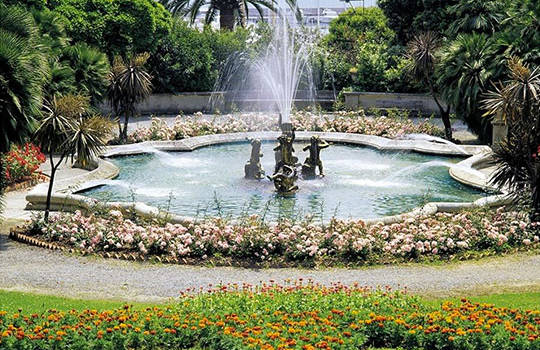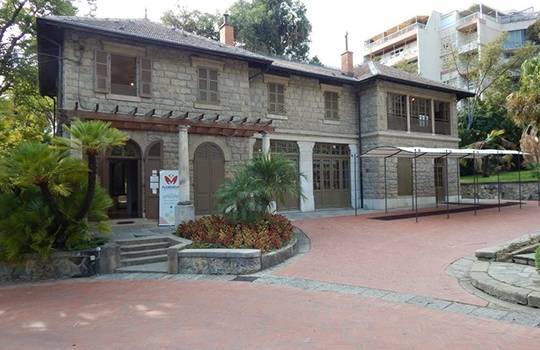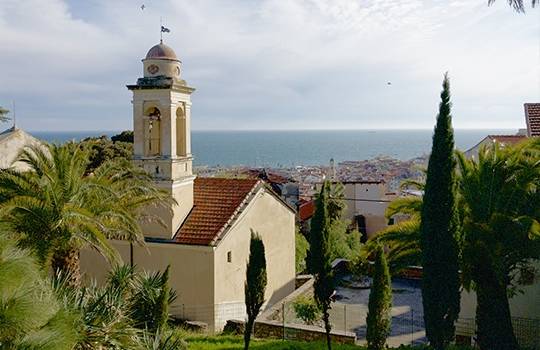
Flowers and Gardens
Villa Ormond Gardens
Villa Ormond park (an ancient 19th century residence of great value) is the largest public garden in Sanremo. After purchasing the villa in 1930, the Municipality “gave” the park to the citizens who for years had admired it from afar. There are numerous exotic and rare plants, a marvellous collection of antique roses and a singular Japanese garden full of Tuje and dwarf plants, among which the cherry tree, symbol of the Japanese area. Of particular interest is the “palmetum”, a collection of numerous specimens of palms.
SCOPRI DI PIÚ →
Floriseum
Villa Ormond gardens house the Floriseum, a museum dedicated to flowers and the history of floriculture. The museum was funded thanks to Ermanno Moro’s widow, who made a donation. Moro was a great carnation hybridiser, whose inestimable documentation was given to the municipality by his wife. Inside the museum you can take a fascinating journey through the floriculture of the past, discovering the amazing techniques an instruments that were used. Nature is at the heart of the tour and the institution’s aim is to highlight the past, but also to protect our heritage and raise awareness on environmental protection. The museum also houses a multifunctional room and dedicates numerous activities to children.
→
Queen Elena Gardens
A walk in the midst of greenery with a view on the heart of Sanremo. You can experience this in Queen Elena gardens, a wonderful public park placed between the Sanctuary of the Madonna della Costa and La Pigna. From there, the park can be reached along the characteristic carrugi (narrow streets). The gardens, created on the area obtained from the demolition of some houses damaged by the 1887 earthquake, were named after Queen Elena of Montenegro, wife of Vittorio Emanuele III and very attached to Sanremo, where she often went on holiday. Some members of her family of origin are buried in the local Russian Orthodox Church.


